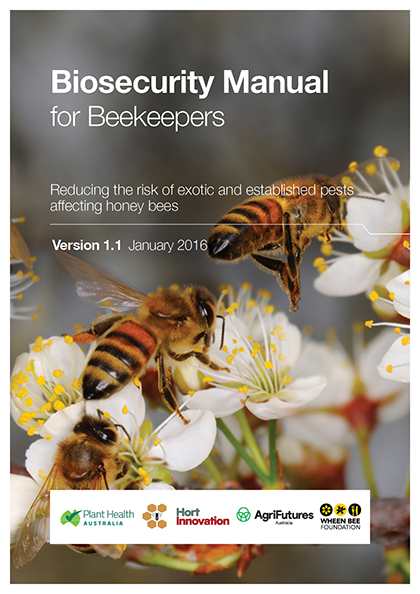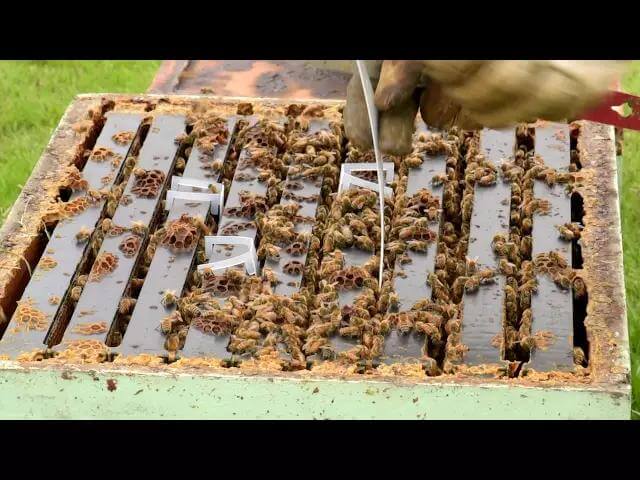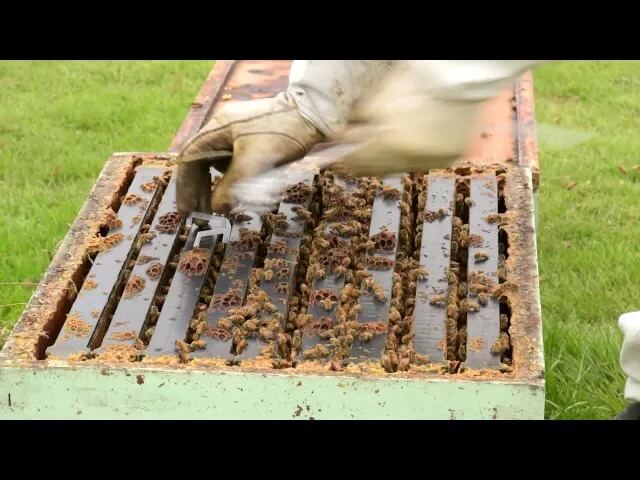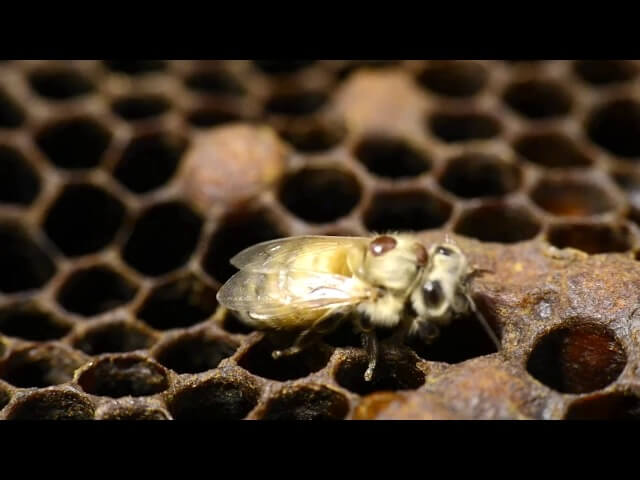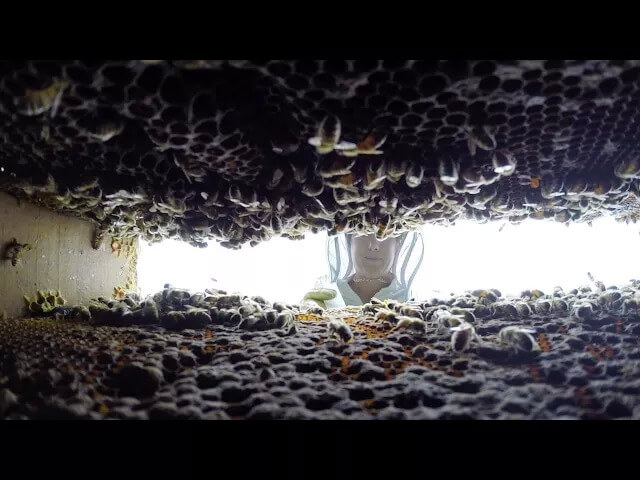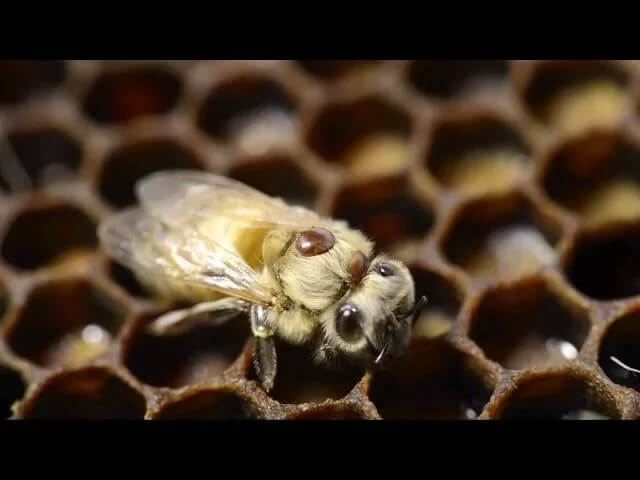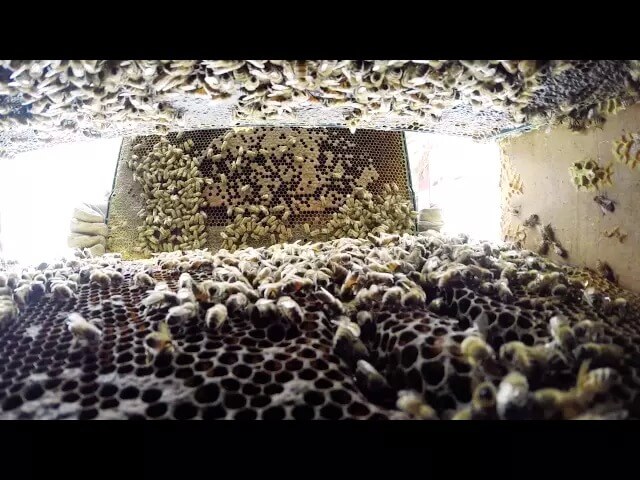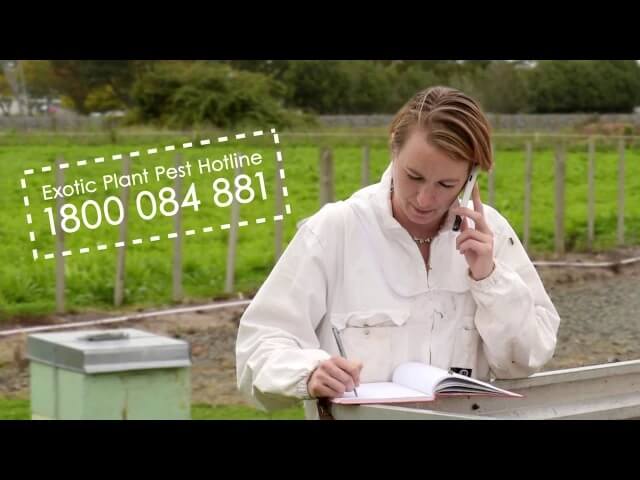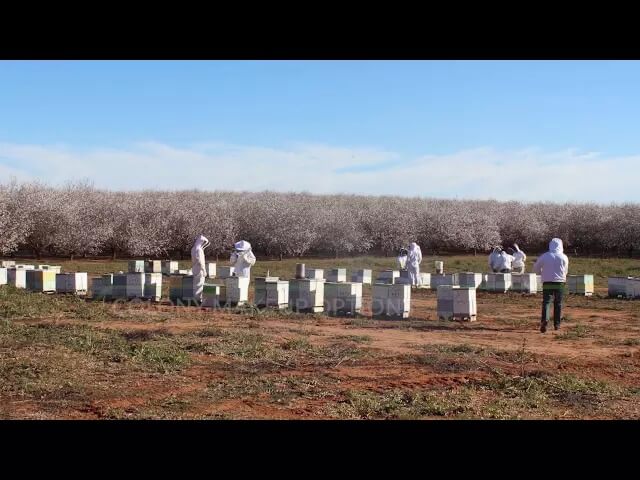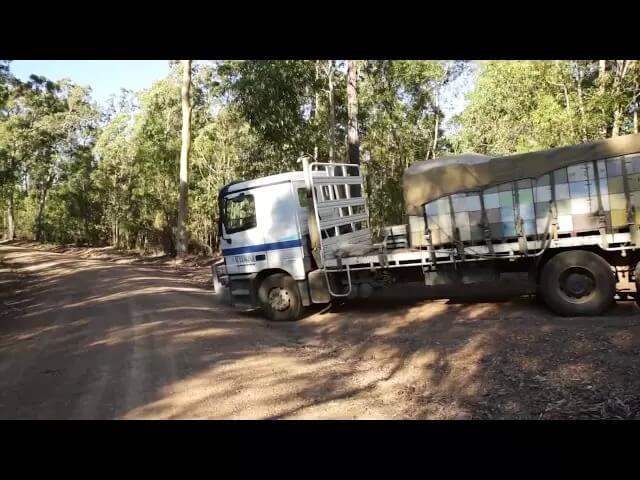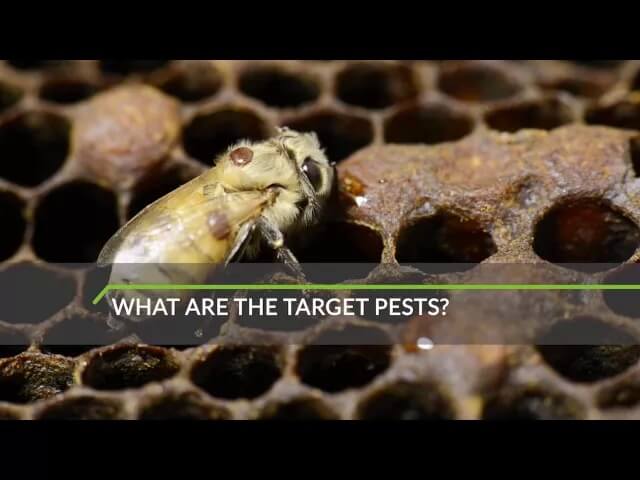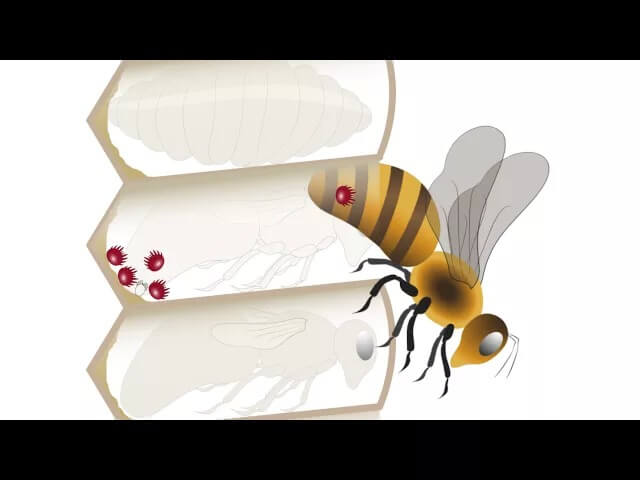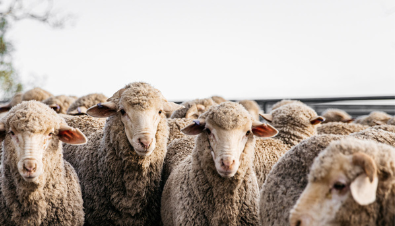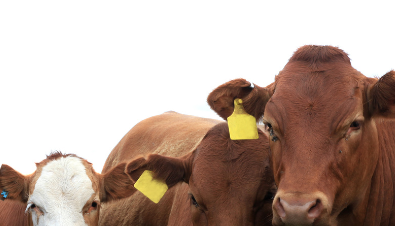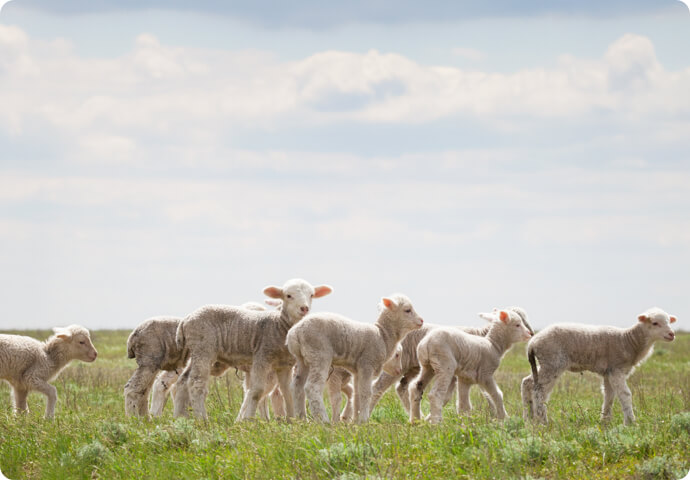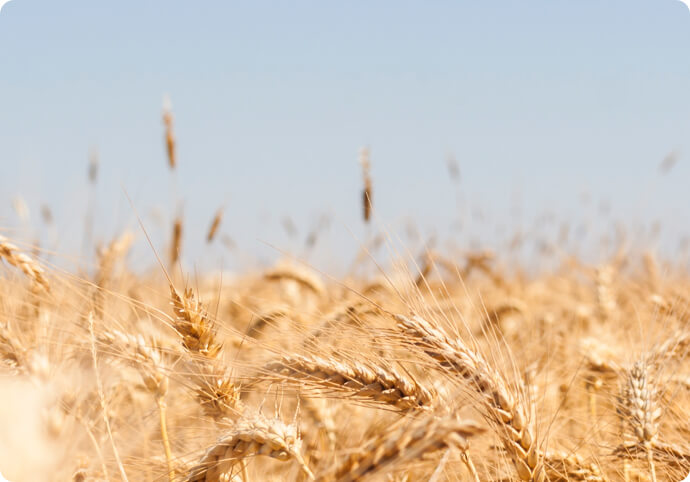Beekeepers have an important role to play in protecting their honey bees and the entire honey bee industry from biosecurity threats.
The Biosecurity Manual for Beekeepers provides advice for anyone who keeps honey bees in Australia, from commercial operators, to backyard enthusiasts and people starting up their first hives.
Each and every beekeeper has a role to play in protecting honey bees from established and exotic pests. Incorporating these recommended biosecurity processes into day-to-day operations is the best way to protect individual beekeepers, regional biosecurity and the Australian honey bee industry as a whole.
The BeeAware website has information for both professional and hobby beekeepers about exotic and endemic pests, information for growers of pollination-reliant crops, the Australian Honey Bee Industry Biosecurity Code of Practice, working safely with bees and lots more. You can also subscribe to receive the BeeAware newsletter to stay up-to-date with what’s going on in the world of beekeeping.
Honey bee biosecurity
Here are six easy ways beekeepers can reduce the threat of exotic and established pests affecting their livelihood. Each of these practices should be embedded in the everyday management of an apiary as it makes good business sense to reduce the risk of spreading pests.
1. Be aware of biosecurity threats
You and your workers should be familiar with the most important exotic and established honey bee pest threats. Conduct a biosecurity induction session to explain required hygiene practices for people, equipment and vehicles in an apiary. More
2. Use pest-free honey bee stock and apiary equipment
Ensure all queen bees and package bees are from trusted sources, pest-free and preferably certified. Keep good records of the apiary inputs. More
3. Keep it clean
Practicing good sanitation and hygiene will help prevent the entry, establishment and movement of pests within and between apiaries. Workers, visitors, vehicles and equipment can spread pests, so make sure they are clean before entering and leaving the apiary. More
4. Check your apiary
Monitor hives and the health of the honey bee brood frequently. Knowing the usual performance of the hives and honey bees will help beekeepers recognise new or unusual events and pests. Keep written and photographic records of all unusual observations. As pest numbers can increase rapidly, constant vigilance is essential for the early detection of honey bee pests and pest honey bees. Inspecting hives
5. Abide by the law
Respect and be aware of laws and regulations established to protect the honey bee industry, Australian agriculture and the local region.
6. Report anything unusual
If you suspect a new pest – report it immediately to the Exotic Plant Pest Hotline 1800 084 881.
More information
To ensure your hives have the best protection against the introduction and spread of new pests, identify the strengths and weaknesses of your biosecurity activities through some self-assessment questions.
Once identified, a few simple, non-costly and practical procedures can be implemented to strengthen areas of greatest risk.
While changing everyday practices can take more effort in the short term, these will become second nature with time and are easier and cheaper than dealing with the introduction of a new pest.

